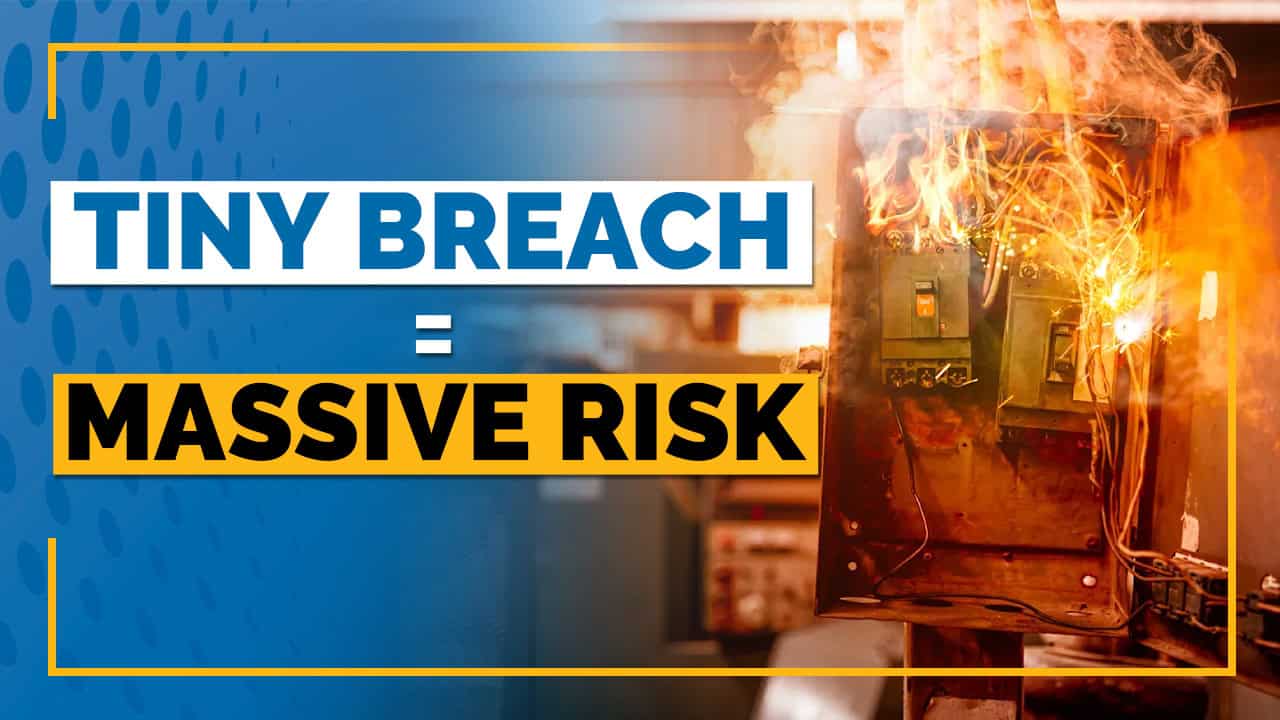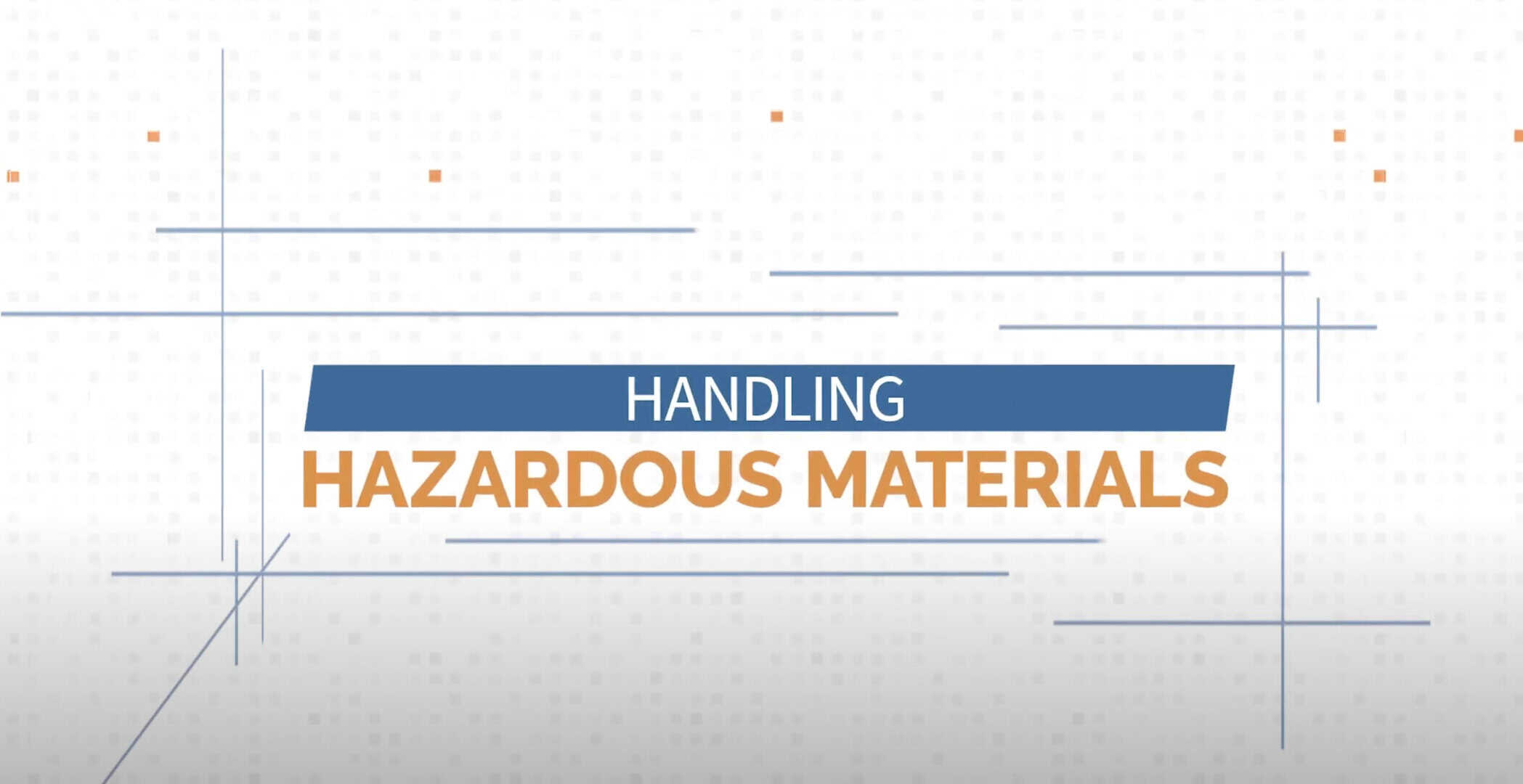Managing healthcare construction isn’t just about building structures — it’s about ensuring long-term compliance, keeping records in order, and avoiding costly surprises once the dust settles. The real challenge begins when the construction phase ends, and you shift into managing documents for regulatory compliance and facility operation. If your construction documentation is disorganized, outdated, or incomplete, you could be setting yourself up for compliance failure, operational inefficiencies, and even safety hazards.
Let’s take a look at three common document management mistakes that can seriously disrupt your healthcare facility’s operations — and how to avoid them.
1. Lost in the Shuffle: The Problem of Disorganized Docs
The Problem: Construction documents are often scattered across email threads, shared drives, physical binders, and project management platforms. No one knows where to find the latest version of anything, and updates aren’t consistently implemented. The result? Chaos.
The Impact: In healthcare, every document must be up-to-date, accurate, and easily accessible to avoid compliance failures. If you can’t quickly locate the right version of anything — whether it’s your fire safety plans, codes, or maintenance logs — it could lead to serious regulatory issues, delays, or fines.
The Solution: Get your docs in one place — a centralized, cloud-based document management system (DMS) that makes everything accessible at the click of a button. Standardize naming conventions and ensure that everyone knows where to look for the most recent updates. Time saved looking for files means more time getting the job done.
2. Stuck in the Past: The Problem of Outdated Docs
The Problem: When it comes to construction documentation, it’s easy to assume that once a document is finalized, it stays valid forever. However, many teams fall into the trap of reusing old construction documents without verifying if they’re up-to-date with current regulations or building codes. What was compliant during the initial phase of construction may no longer be valid due to code changes, safety updates, or new regulatory requirements.
The Impact: Construction codes, safety regulations, and compliance standards evolve continuously. Outdated documents — whether it’s an old blueprint, safety plan, or policy — can leave your facility exposed to fines, legal repercussions, or costly delays. Worse, using outdated construction documents could result in unsafe practices that put both your team and patients at risk.
The Solution: Establish a regular review process for all critical construction documents to ensure they meet the most current regulatory standards. Set up automatic reminders for periodic checks and updates to key documents. Keeping your documents fresh doesn’t just help you stay compliant — it ensures that your healthcare facility remains safe, efficient, and up to code at all times.
3. Falling through Cracks: The Problem of Staff Turnover and Document Gaps
The Problem: Staff turnover is inevitable, but it creates a serious problem when the individuals responsible for managing and maintaining critical documents leave without a clear transition. Without proper ownership or clear responsibility for ongoing document management, compliance gaps can quickly appear.
The Impact: When there’s no clear documentation owner, important compliance checks can fall through the cracks, risking non-compliance or delays in updates. Furthermore, missing or incomplete documents may not be discovered until an audit or inspection takes place.
The Solution: Ensure clear ownership of all key documents. When staff transition out, implement a seamless handoff process, transferring responsibility for document management to the appropriate team members. Utilize a DMS that tracks document ownership, version history, and provides an easy-to-follow audit trail for accountability.
Final Thought: Secure Your Future by Properly Managing Documents Today
After construction is complete, maintaining your healthcare facility’s compliance is all about having the right document management practices in place. From organizing files to staying up-to-date on evolving regulations, as well as ensuring clear ownership, these document management issues are common — but they’re easily resolvable. By addressing these issues now, you’ll save time, reduce risk, and keep your facility in compliance long after construction is finished. Don’t let disorganization trip you up — manage your documents wisely to keep your operations running smoothly.




